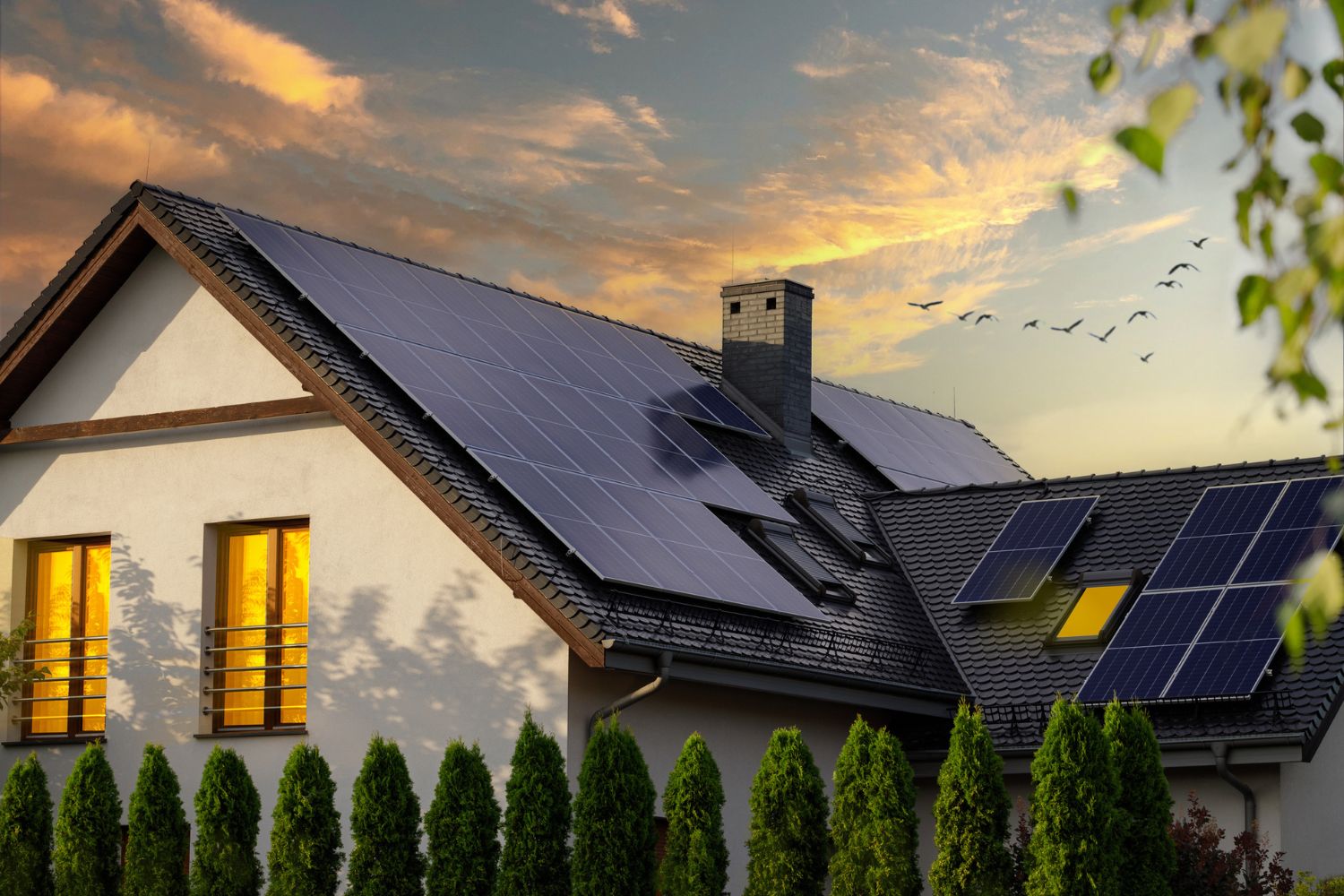

Articles
How Much Does Solar Roof Cost
Modified: February 5, 2024
Find out the cost of installing solar roofs in this informative article. Discover the benefits, savings, and factors to consider when investing in solar energy.
(Many of the links in this article redirect to a specific reviewed product. Your purchase of these products through affiliate links helps to generate commission for Storables.com, at no extra cost. Learn more)
Introduction
The increasing popularity of solar energy as a clean and sustainable power source has led to a growing interest in solar roof systems. By harnessing the sun’s energy, solar roofs generate electricity and contribute to reducing carbon emissions. However, before deciding to invest in a solar roof, it’s essential to understand the costs involved.
Installing a solar roof involves various factors that can influence the overall cost. These factors include the type of solar roof system, the size and complexity of the installation, location, and available government incentives. Additionally, long-term cost considerations such as maintenance and return on investment (ROI) play a vital role in determining the affordability of solar roofs.
This article explores the factors affecting solar roof costs, the types of solar roof systems available, cost breakdowns, government incentives, financing options, and long-term cost considerations. By understanding these aspects, you can make an informed decision when considering a solar roof installation.
Key Takeaways:
- Understanding the factors influencing solar roof costs, exploring financing options, and leveraging government incentives can make solar installations more accessible and affordable for homeowners, contributing to a sustainable future.
- By considering maintenance requirements, long-term cost considerations, and exploring case studies of affordable solar solutions, homeowners can make informed decisions and embrace the financial and environmental benefits of solar roofs.
Read more: How Much Does A Tesla Solar Roof Cost
Factors Affecting Solar Roof Costs
Several key factors contribute to the overall costs of a solar roof installation. Understanding these factors will help you estimate the potential cost and determine the feasibility of installing a solar roof on your property.
- Size and Complexity: The size of your roof and the level of complexity involved in the installation will affect the cost. Larger roofs typically require more solar panels, increasing the overall cost. Additionally, if your roof has a complex design or multiple angles, it may require additional labor and specialized equipment, adding to the installation cost.
- Location: The location of your property plays a crucial role in determining solar roof costs. Factors such as sunlight availability and local weather patterns can impact the efficiency and effectiveness of your solar panels. While regions with abundant sunlight may result in higher energy production, areas with limited sunlight may require more panels to compensate, potentially increasing the installation cost.
- Solar Panel Efficiency: The efficiency and quality of the solar panels you choose will affect the cost. High-efficiency panels tend to be more expensive but can generate more electricity, potentially offering greater long-term savings and return on investment.
- Mounting and Racking System: The mounting and racking system used to secure the solar panels to your roof also influences costs. Different mounting options, such as flush mount or tilt mounts, have varying price points. Additionally, the type of roofing material you have may require specific mounting systems, impacting the installation cost.
- Electricity Needs: Your current electricity needs and future energy goals will impact the size of the solar system required. The more electricity you aim to generate, the more solar panels you will need, increasing the overall cost.
- Permits and Inspections: Obtaining the necessary permits and undergoing inspections can add to the overall cost of a solar roof installation. These costs vary depending on your location and local regulations.
- Additional Components: Additional components such as inverters, batteries, and monitoring systems may be required for your solar roof. These components enhance the performance and functionality of the system but can also add to the overall cost.
By considering these factors and obtaining quotes from reputable solar installation companies, you can get a better understanding of the costs associated with installing a solar roof. Moreover, doing thorough research and seeking multiple opinions will ensure you make an informed decision that aligns with your budget and energy needs.
Types of Solar Roof Systems
There are various types of solar roof systems available, each with its unique features and installation methods. Understanding the different options will help you choose the system that best suits your needs and budget.
- Photovoltaic (PV) Systems: PV systems are the most common type of solar roof installation. These systems use solar panels made up of photovoltaic cells to convert sunlight into electricity. PV systems can be mounted on top of existing roofs or integrated into the roof itself, providing a sleek and seamless appearance.
- Solar Roof Tiles: Solar roof tiles, also known as solar shingles, are designed to mimic the look of traditional roofing materials while generating electricity. These solar tiles are installed in place of regular roof tiles and seamlessly blend in with the rest of the roof. They are a popular choice for those who want a solar-powered home without sacrificing the aesthetic appeal.
- Solar Metal Roofs: Solar metal roofs combine the benefits of solar panels with the durability and longevity of metal roofing. These systems feature metal roofing panels with integrated solar cells, allowing for efficient energy generation while providing protection from the elements. Solar metal roofs are known for their longevity, low maintenance requirements, and eco-friendly attributes.
- Solar Glass Roofs: Solar glass roofs are an innovative and visually appealing option for solar installations. These roofs are made up of tempered glass panels with embedded solar cells. They offer the benefits of both a traditional glass roof and solar energy generation, allowing natural light to enter the space while harnessing solar power.
- Solar Canopies: Solar canopies are standalone structures that are installed above existing roofs or other open spaces, such as parking lots or outdoor areas. These canopies are equipped with solar panels and provide shade or shelter while generating electricity. Solar canopies are an excellent option for spaces with limited roof space or when additional energy generation is desired.
It is important to note that the type of solar roof system you choose will depend on factors such as your roof design, budget, aesthetic preferences, and energy production goals. Consulting with a solar installation professional will help you determine the best system for your specific needs.
Cost Breakdown of Solar Roof Installation
When considering a solar roof installation, it is essential to have a clear understanding of the cost breakdown involved. While costs can vary depending on various factors, the following are the main components that contribute to the overall expense:
- Solar Panels: The cost of solar panels will depend on the type, brand, and efficiency rating. Higher-quality and more efficient panels tend to be more expensive, but they offer greater long-term savings and energy generation.
- Inverter: The inverter is responsible for converting the direct current (DC) energy produced by the solar panels into usable alternating current (AC) electricity. Inverter costs vary depending on the size, type, and brand.
- Mounting and Racking System: The cost of the mounting and racking system will depend on the type, size, and complexity of the installation. Flush mounts, tilt mounts, and other specialized systems come with their own price points.
- Electrical Components: Additional electrical components such as wiring, connectors, junction boxes, and circuit breakers are necessary for the solar system to function properly. The cost of these components will depend on the size and complexity of the installation.
- Permits and Inspections: Obtaining the necessary permits and undergoing inspections incurs additional costs. Permit fees and inspection charges vary depending on your location and local regulations.
- Installation Labor: The cost of labor for the solar roof installation is a significant component of the overall expense. The labor cost will depend on factors such as the size and complexity of the installation and the rates charged by the installation company.
- Additional Components: If you choose to incorporate additional components such as batteries for energy storage or monitoring systems for tracking energy production, these will come at an additional cost.
It’s important to note that the cost breakdown can vary depending on the specific characteristics of your installation, your location, and other individual factors. To get an accurate cost estimate, it is advisable to obtain quotes from reputable solar installation companies. They can assess your property and provide you with a detailed breakdown of the costs involved.
Furthermore, it’s worth considering the long-term savings and return on investment (ROI) that a solar roof can provide. While the upfront costs may seem significant, the potential savings on energy bills and the financial incentives available can make solar roofs a worthwhile investment in the long run.
Government Incentives and Solar Roof Rebates
Installing a solar roof not only helps reduce your carbon footprint but also comes with various government incentives and rebates that can significantly lower the overall cost. These incentives are designed to promote the adoption of renewable energy and make solar installations more affordable for homeowners and businesses alike.
1. Federal Investment Tax Credit (ITC): The Federal Investment Tax Credit is one of the most significant incentives available for solar installations. It allows homeowners to claim a tax credit of up to 26% of the total cost of their solar roof system. The ITC applies to both residential and commercial installations, and there is currently no cap on the credit amount. However, it’s important to note that the ITC is subject to phase-out over time, so it’s best to take advantage of it soon.
2. State and Local Incentives: In addition to the federal tax credit, many states and local governments offer their incentives and rebates for solar installations. These incentives vary by location and can include cash rebates, tax credits, property tax exemptions, and sales tax exemptions. It’s advisable to research the incentives available in your area and consult with local solar installation professionals to maximize your savings.
3. Net Metering: Net metering is a program that allows homeowners with solar roofs to sell excess electricity generated back to the grid in exchange for credits. These credits can be used to offset energy consumed from the grid during times when the solar panels aren’t producing enough electricity, such as at night. Net metering policies and regulations vary by state, so it’s necessary to understand the specific rules in your area.
4. Solar Renewable Energy Credits (SRECs): Some states have established SREC programs, which provide homeowners with credits for every megawatt-hour of electricity their solar panels generate. These credits can then be sold to utility companies or other entities that need to meet renewable energy requirements. SREC programs can provide an additional stream of income, further offsetting the cost of the solar roof installation.
5. Local Utility Incentives: Many utility companies offer their incentives and programs to encourage solar roof installations. These incentives can include cash rebates, performance-based incentives, and on-bill financing options. Contacting your local utility company and exploring their offerings can provide valuable information on additional financial support available in your area.
It’s important to understand that incentive programs and eligibility criteria can change over time, so it’s advisable to stay updated on the latest government incentives and rebates. Consulting with a solar installation professional will also help you navigate the available options and ensure you take full advantage of the incentives applicable to your installation.
When considering the cost of a solar roof, it’s important to factor in the initial installation cost, potential tax incentives or rebates, and long-term energy savings. It’s also beneficial to get quotes from multiple reputable solar companies to compare pricing.
Read more: How Much Does Roof Solar Panels Cost
Financing Options and Return on Investment
While solar roof installations come with upfront costs, there are various financing options available that can make it more affordable for homeowners. Understanding these financing options, as well as the potential return on investment (ROI), is essential when considering the financial aspects of installing a solar roof.
1. Cash Purchase: The most straightforward financing option is to purchase the solar roof system outright with cash. By paying upfront, you can avoid interest charges and potentially receive a quicker return on investment. However, this option may require a substantial upfront investment.
2. Solar Loans: Solar loans allow homeowners to finance their solar roof installation over time. There are various financing institutions, solar loan providers, and programs that offer competitive interest rates and favorable terms. With solar loans, homeowners can enjoy the benefits of solar energy while spreading out the cost over several years.
3. Power Purchase Agreements (PPAs): Power Purchase Agreements, or PPAs, involve a third-party solar provider who installs, owns, and maintains the solar roof system on your property. In return, you agree to purchase the electricity generated by the system at a predetermined rate. PPAs typically have little to no upfront costs, making them an attractive option for homeowners who want to benefit from solar power without the initial investment.
4. Leasing: Leasing is similar to PPAs but involves paying a fixed monthly fee for the use of the solar roof system. The leasing company owns and maintains the system, while you enjoy the electricity it generates. Leasing options often require little to no upfront costs and can provide immediate savings on electricity bills.
When evaluating financing options, it’s important to consider the potential return on investment. Solar roofs can provide significant long-term savings on electricity bills, potentially offsetting the initial costs incurred during installation. The exact ROI will depend on factors such as your energy consumption, the size and efficiency of the system, and the cost of electricity in your area.
In addition to cost savings, solar roof installations can increase the value of your property. Studies have shown that homes equipped with solar panels tend to sell at a premium compared to homes without solar installations. This increase in property value can further contribute to the return on investment over time.
To get a better understanding of the potential return on investment and explore different financing options, it’s advisable to consult with solar installation professionals and financial advisors. They can provide personalized insights based on your specific circumstances and help you make an informed decision.
Maintenance and Long-Term Cost Considerations
When considering a solar roof installation, it’s important to factor in the maintenance requirements and long-term cost considerations associated with the system. While solar roofs are known for their durability and low maintenance needs, it’s essential to understand the potential costs and responsibilities involved.
Maintenance:
Solar roofs require minimal upkeep, but there are a few maintenance tasks that should be performed to ensure optimal performance and longevity:
- Cleaning: Regularly cleaning the solar panels to remove dirt, dust, and debris can improve their efficiency. Depending on your location and local weather conditions, cleaning every 6-12 months is generally sufficient.
- Inspections: Periodic inspections of the solar roof system can help identify any potential issues or malfunctions. It’s recommended to have a professional inspect the system every 2-3 years to ensure everything is functioning properly.
- Monitoring: Monitoring the energy production of your solar roof system can help detect any performance issues. Many solar systems come with built-in monitoring capabilities, allowing you to track energy production in real-time and identify any deviations from expected levels.
Long-Term Cost Considerations:
When considering the long-term costs of a solar roof, a few factors should be taken into account:
- Inverter Replacement: Inverters typically have a lifespan of 10-15 years and may require replacement during the life of the solar system.
- Roof Repairs: Depending on the age and condition of your roof, there may be expenses associated with roof repairs or replacements down the line. It’s important to ensure that your roof is in good condition before installing a solar system to avoid any potential complications.
- Battery Replacement (if applicable): If you choose to incorporate battery storage into your solar system for backup power, it’s important to consider the cost of battery replacement after their lifespan, typically around 10 years.
- Warranty and Insurance: Solar panels and inverters often come with warranties, ensuring their performance and protecting against any manufacturing defects. Additionally, it’s advisable to consider insurance coverage to protect your solar roof system from unforeseen events such as damage from storms or vandalism.
- Energy Inflation: Solar roofs can provide a sense of energy independence and protect against rising energy costs. By generating your electricity, you are shielded from future increases in electricity rates, providing potential long-term savings.
Considering these maintenance tasks and long-term cost considerations will help you budget and plan for the ongoing expenses associated with your solar roof system. It’s recommended to discuss these factors with your solar installation provider and ensure that you understand the warranty terms and insurance requirements to make an informed decision.
Case Studies: Affordable Solar Roof Solutions
While the cost of solar roof installations can vary depending on various factors, there have been numerous case studies showcasing affordable solutions that make solar energy accessible to a wider range of homeowners. Let’s explore a few examples:
Case Study 1: Community Solar Programs:
Community solar programs are initiatives that allow multiple households or businesses to collectively invest in a shared solar system. This approach eliminates the need for individual rooftop installations and significantly reduces costs. Participants can benefit from the electricity generated by the shared system, and the savings are passed on through credits on their energy bills.
Case Study 2: Solar Leasing and Power Purchase Agreements:
Solar leasing and power purchase agreements (PPAs) provide an affordable option for homeowners who want to avoid upfront costs. Through leasing or entering into a PPA, homeowners can have a solar system installed on their property with little to no initial investment. They simply pay a fixed monthly fee or purchase the electricity generated by the system at a predetermined rate. These options make solar energy accessible to a broader range of homeowners.
Case Study 3: Net Metering and Energy Credits:
Net metering allows homeowners with solar roofs to sell excess electricity back to the grid in exchange for credits. This arrangement offsets the cost of electricity consumed during times when the solar panels aren’t producing enough energy, such as at night. By taking advantage of net metering policies, homeowners can maximize their savings and potentially achieve a quicker return on investment.
Case Study 4: Government Incentives and Tax Credits:
Government incentives and tax credits play a crucial role in making solar roof installations more affordable. The Federal Investment Tax Credit (ITC) allows homeowners to claim a tax credit of up to 26% of the total system cost, significantly reducing the upfront expenses. Additionally, state and local incentives, such as cash rebates and property tax exemptions, further contribute to the affordability of solar energy systems.
Case Study 5: Affordable Solar Installation Companies:
Some solar installation companies specialize in providing affordable solar roof solutions. Through their expertise and streamlined processes, these companies can offer competitive pricing without compromising on quality. By researching and comparing multiple installation companies, homeowners can find an affordable option that fits their budget.
These case studies highlight various strategies and initiatives that have made solar roof installations more affordable for homeowners. By exploring these options and leveraging available resources, individuals can find a solution that aligns with their budget, energy goals, and environmental values.
Conclusion
Solar roofs offer a sustainable and environmentally friendly solution for generating electricity while reducing dependency on traditional energy sources. However, understanding the factors influencing the cost, types of solar roof systems available, and financial considerations are crucial when considering a solar roof installation.
Factors such as the size and complexity of the installation, location, solar panel efficiency, and mounting system contribute to the overall cost of a solar roof. Additionally, government incentives, such as the Federal Investment Tax Credit (ITC) and state/local programs, provide financial benefits that make solar installations more affordable.
There are various types of solar roof systems to choose from, including photovoltaic (PV) systems, solar roof tiles, solar metal roofs, solar glass roofs, and solar canopies. Each option offers its own advantages and can be tailored to individual preferences, budget, and aesthetic requirements.
Understanding the cost breakdown of a solar roof installation is essential. The main cost components include solar panels, inverters, mounting systems, electrical components, permits/inspections, installation labor, and potentially additional components such as batteries or monitoring systems.
Government incentives and solar roof rebates, such as the Federal ITC, state/local incentives, net metering, and solar renewable energy credits (SRECs), further contribute to reducing costs and improving the return on investment (ROI).
When considering financing options, homeowners can choose between cash purchases, solar loans, power purchase agreements (PPAs), and leasing. Each option has its own advantages and allows homeowners to tailor the financing to their specific needs and budget.
Maintenance requirements for solar roofs are minimal, involving cleaning, inspections, and monitoring. Long-term cost considerations include potential inverter replacement, roof repairs, and battery replacement if applicable. Additionally, considering warranty coverage and insurance protection is important to safeguard the system.
Finally, through case studies, we have seen that affordable solutions such as community solar programs, solar leasing/PPAs, net metering, government incentives, and affordable solar installation companies have made solar roof installations more accessible and cost-effective for homeowners.
In conclusion, with proper research, understanding of the costs and financing options, and consideration of long-term savings and government incentives, homeowners can make informed decisions when it comes to installing a solar roof. By embracing solar energy, we can contribute to a sustainable future while enjoying the financial and environmental benefits it offers.
Frequently Asked Questions about How Much Does Solar Roof Cost
Was this page helpful?
At Storables.com, we guarantee accurate and reliable information. Our content, validated by Expert Board Contributors, is crafted following stringent Editorial Policies. We're committed to providing you with well-researched, expert-backed insights for all your informational needs.
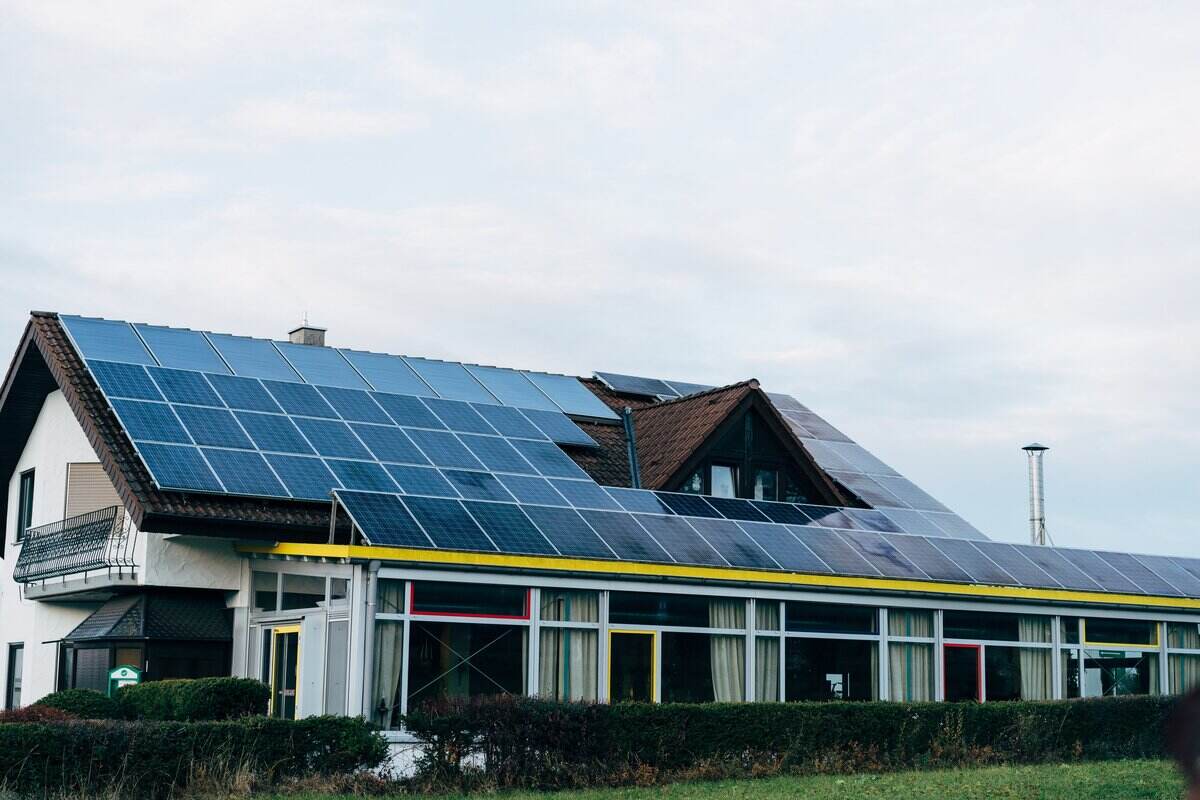
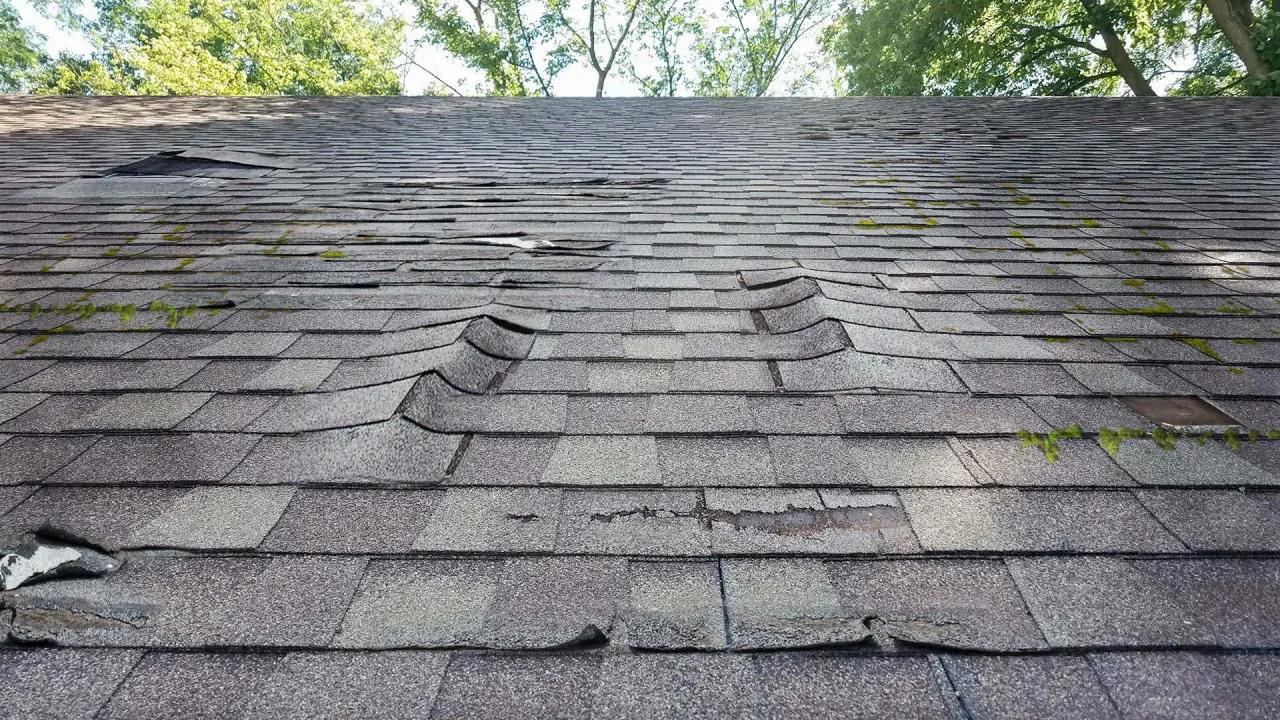
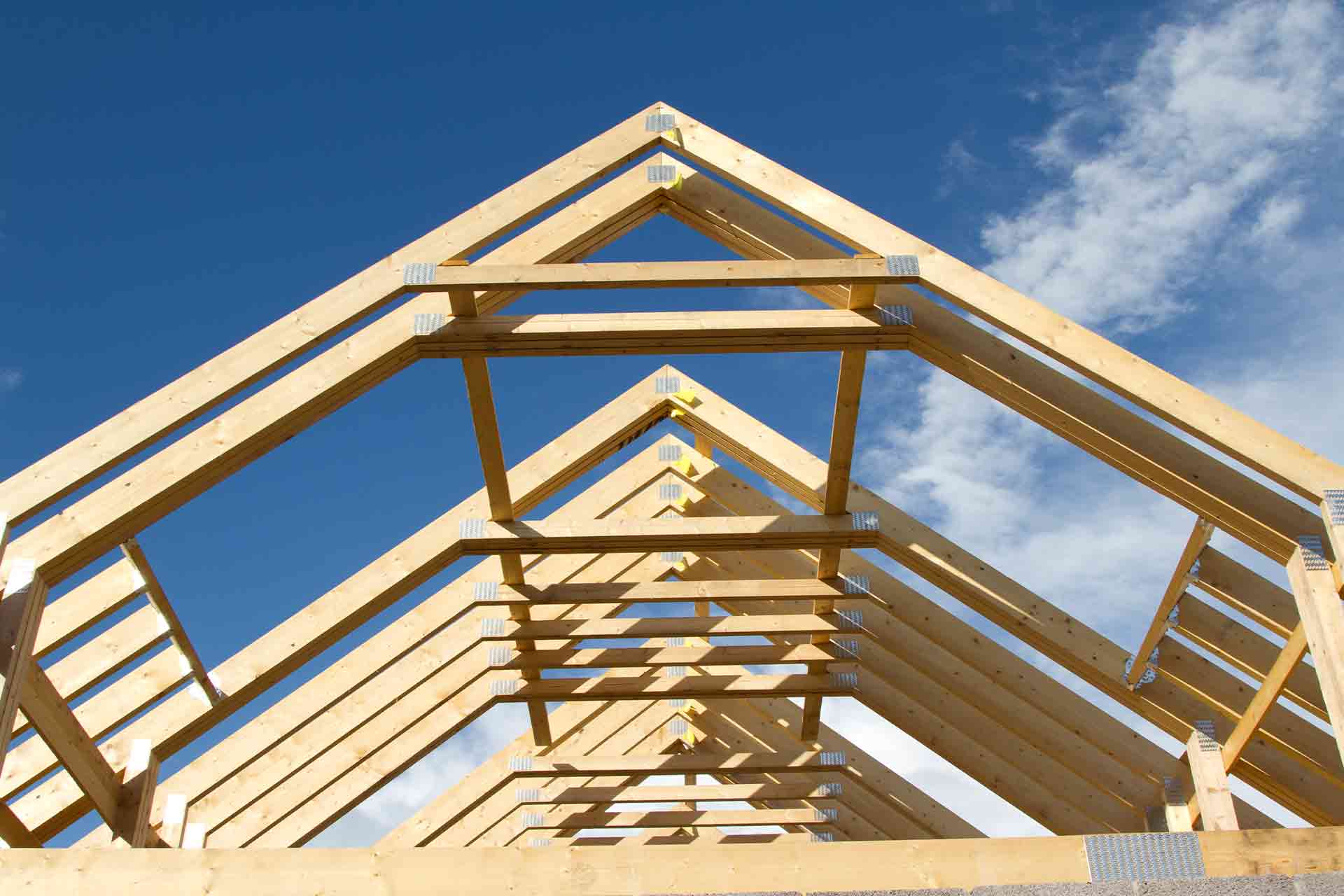
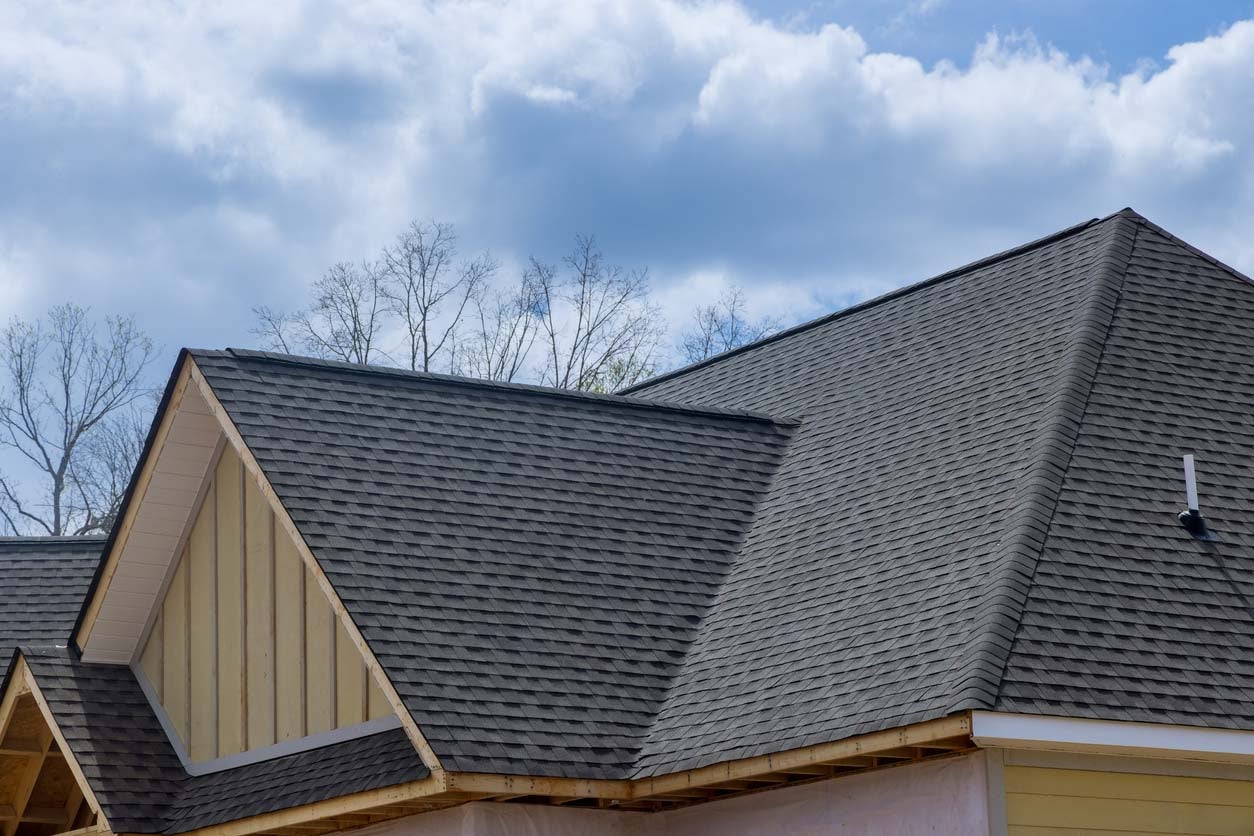
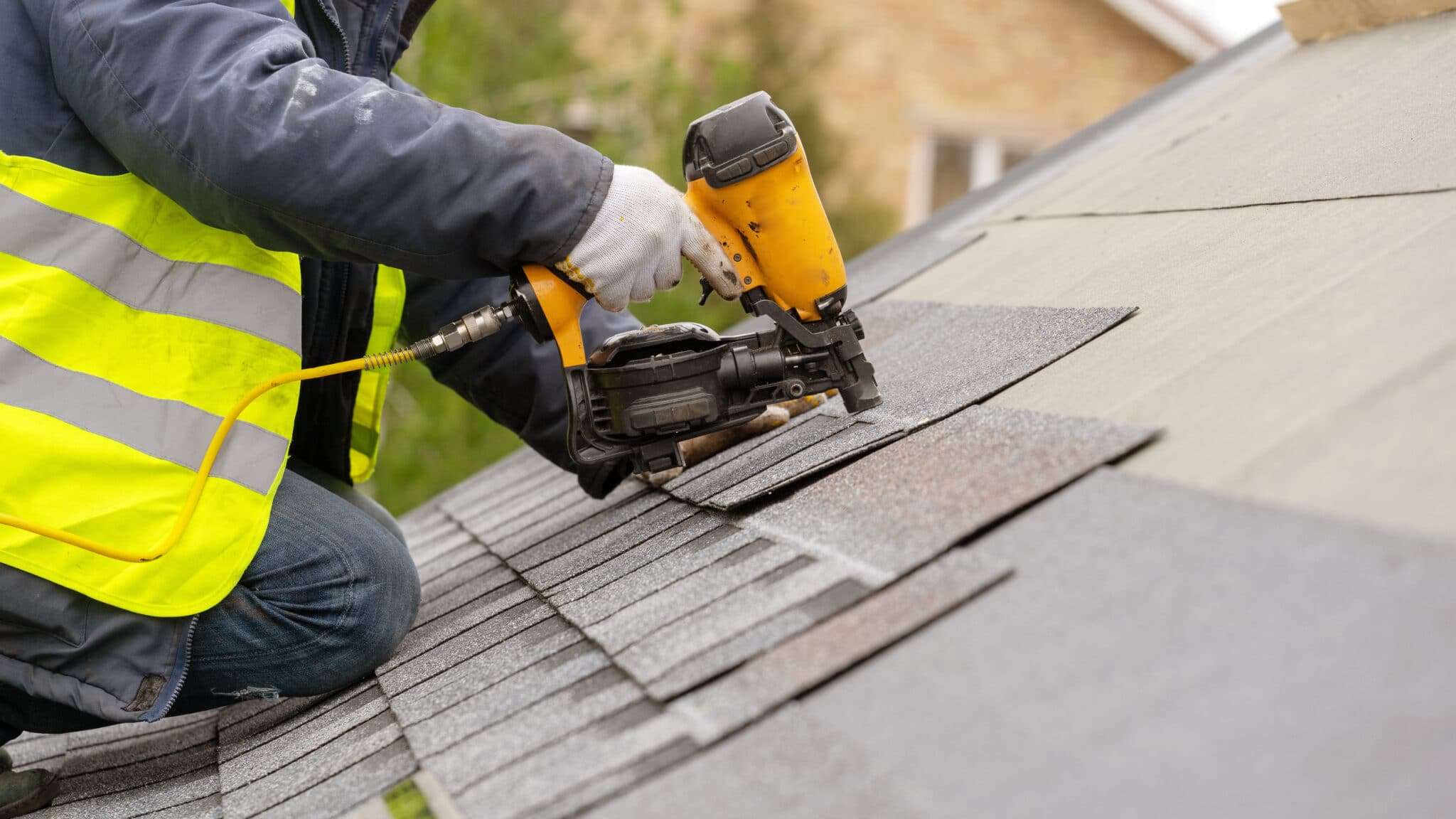
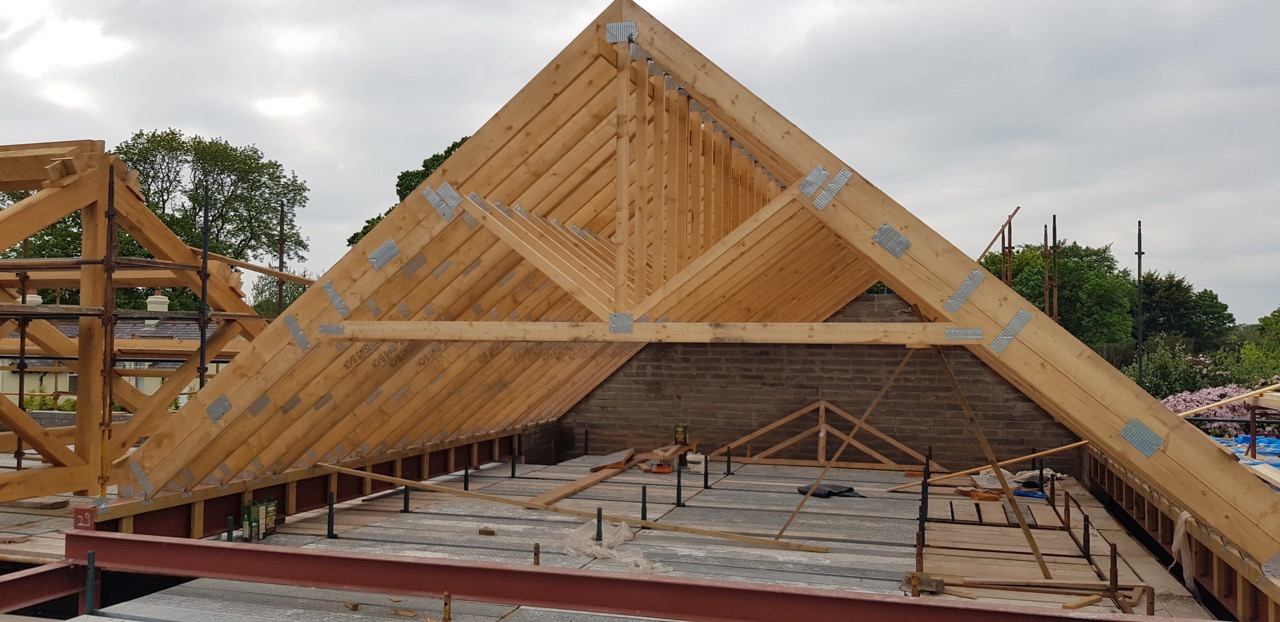
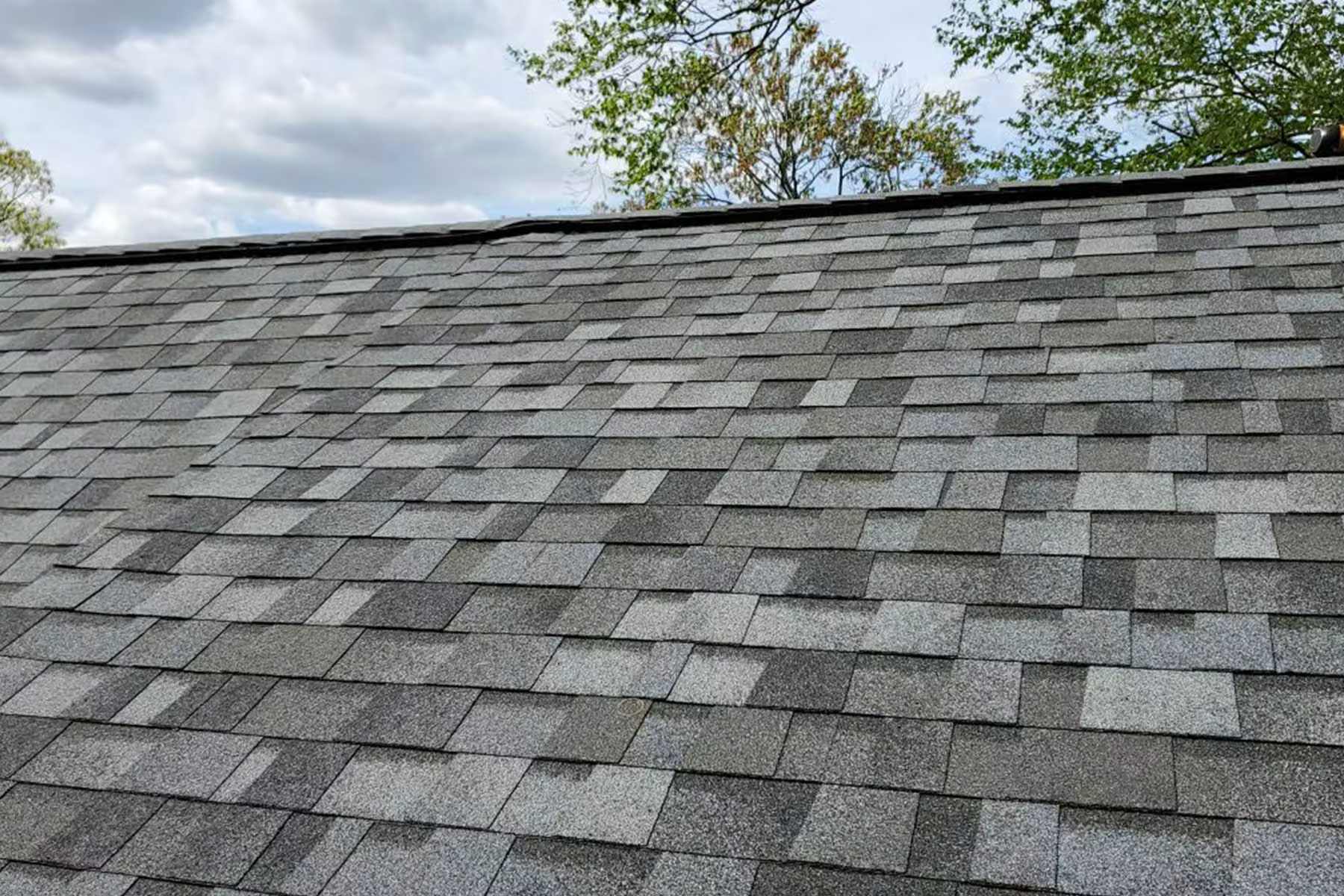
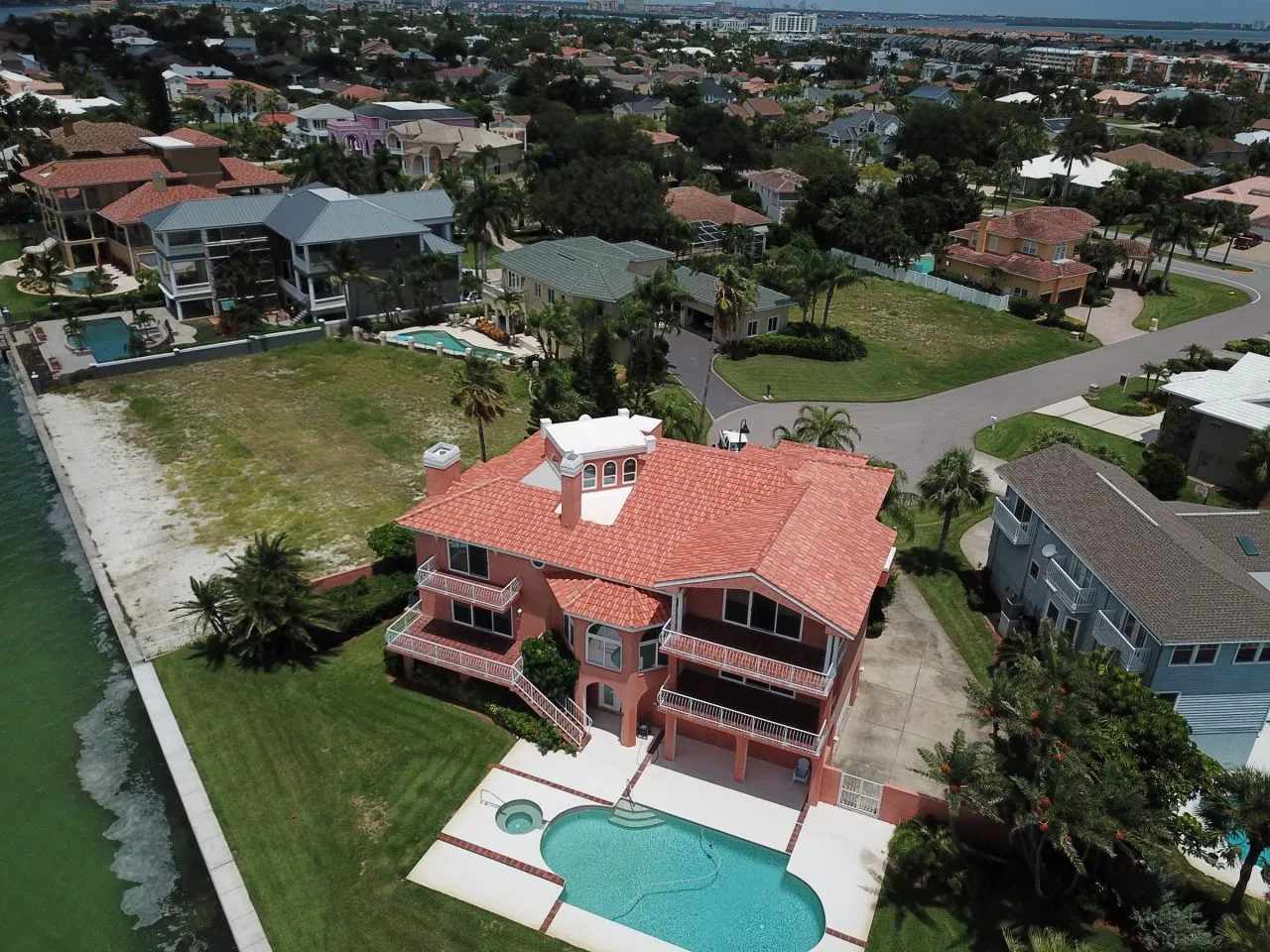
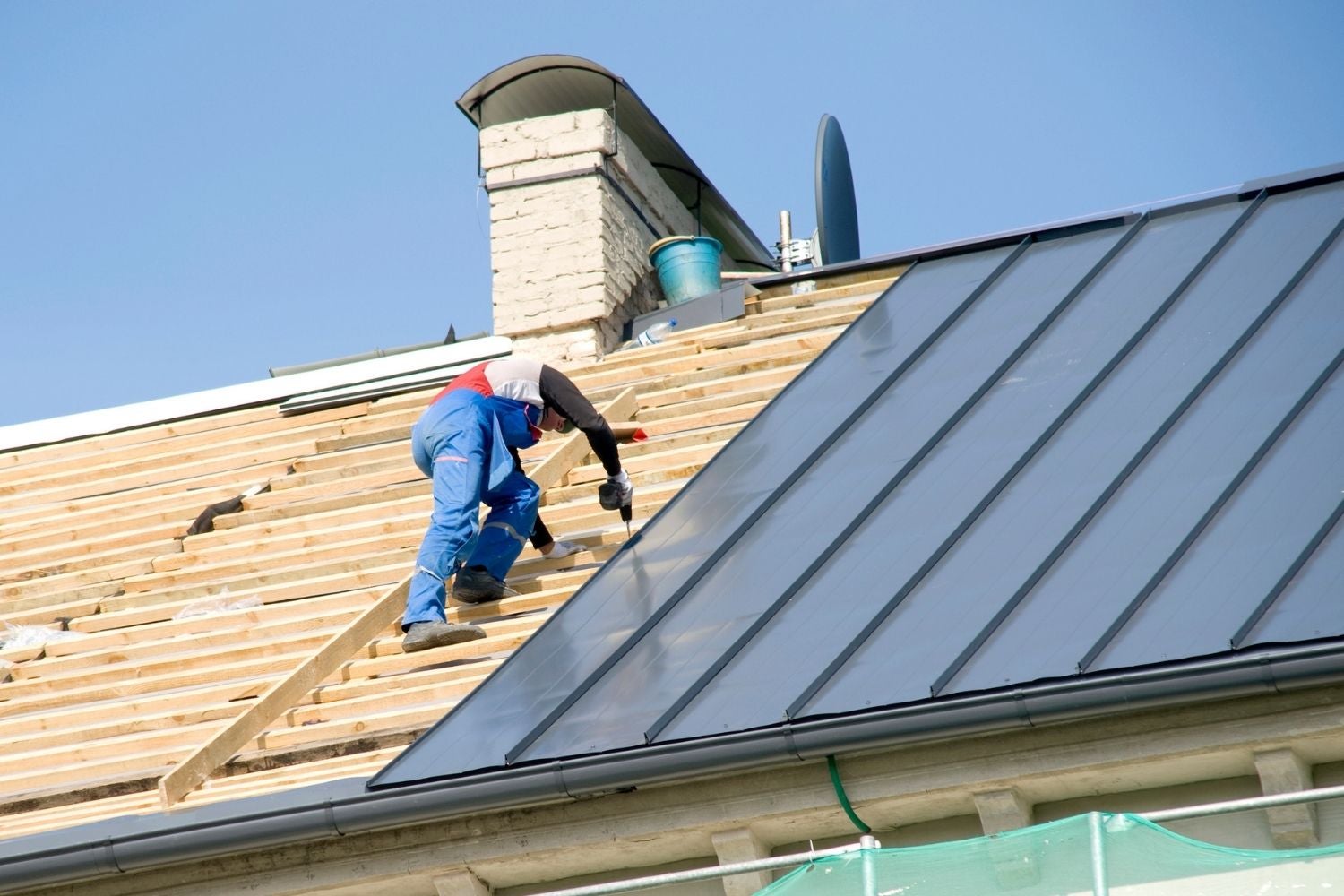
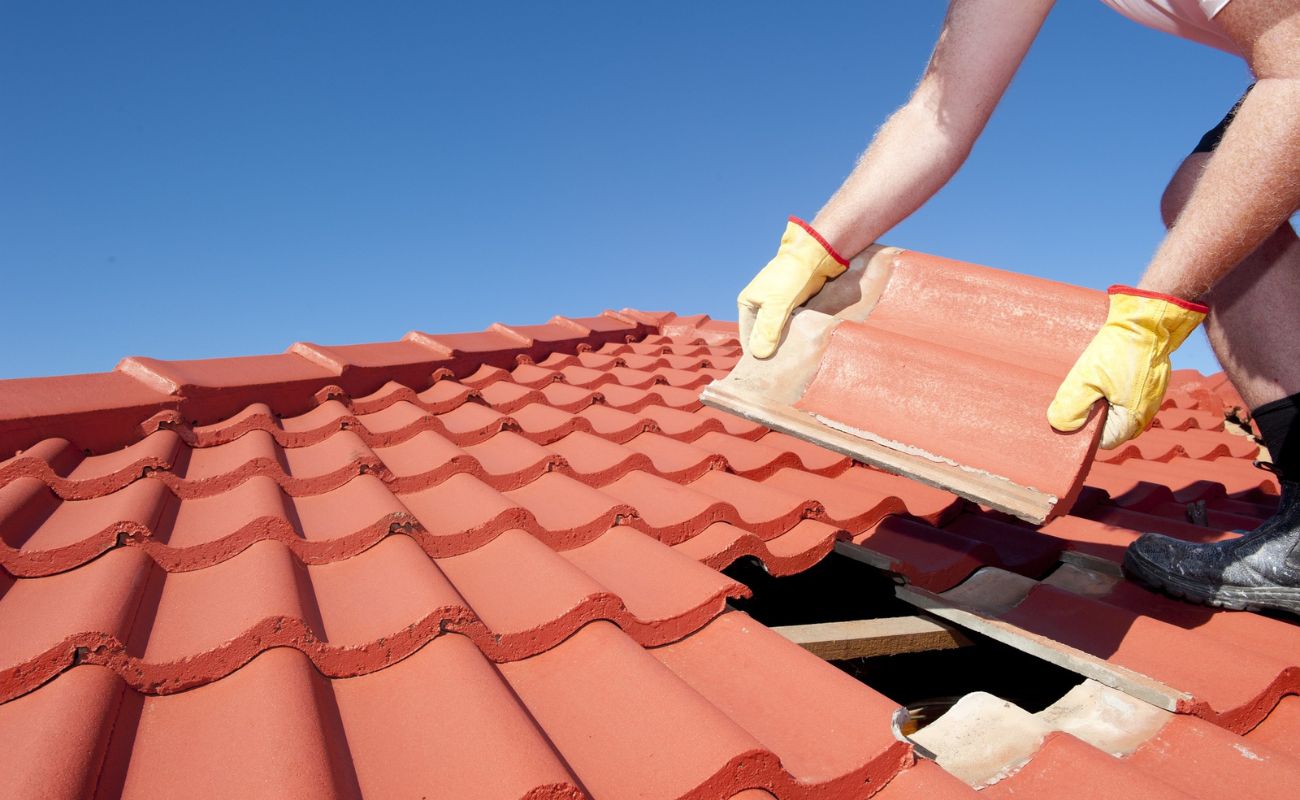





0 thoughts on “How Much Does Solar Roof Cost”